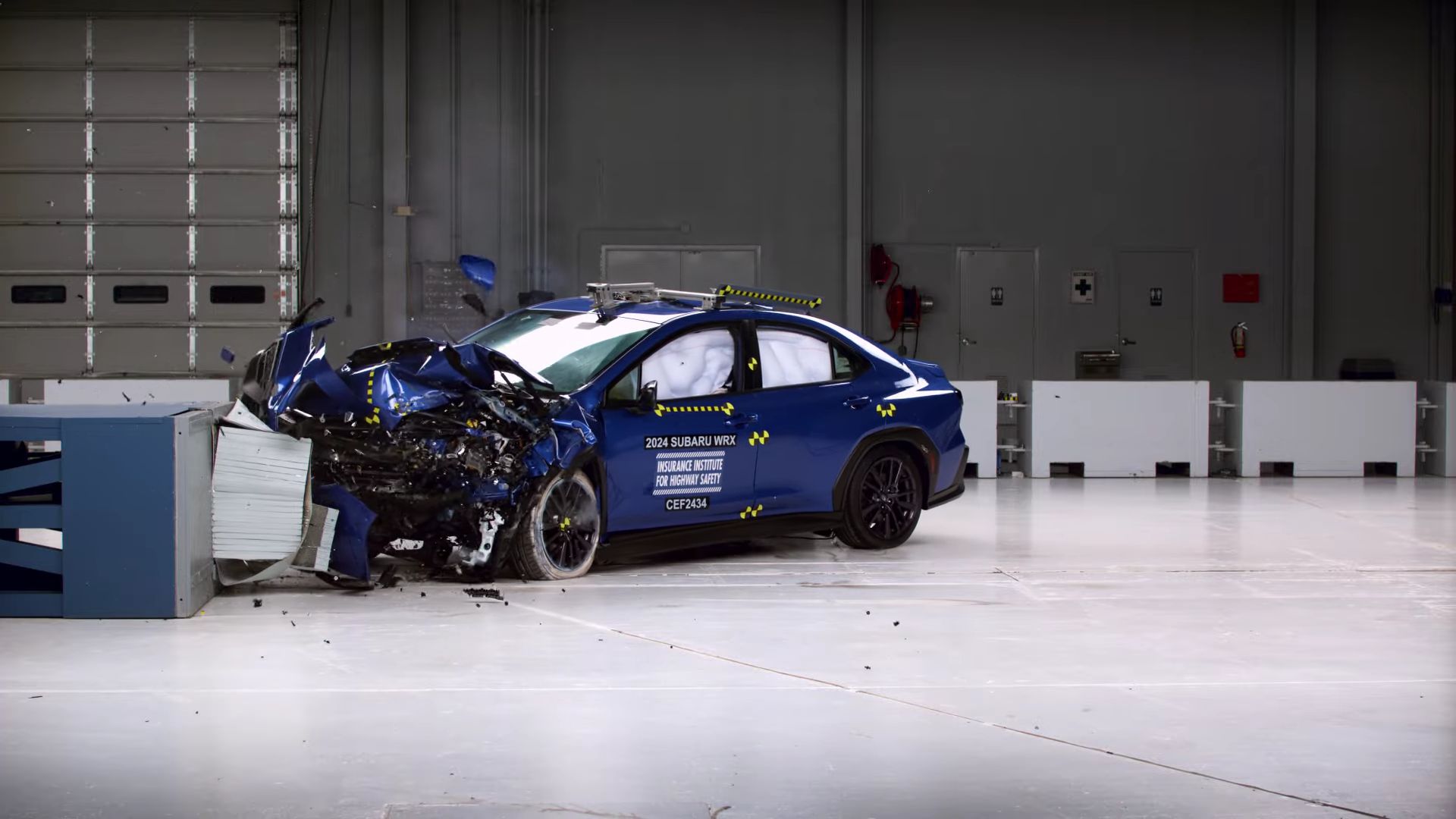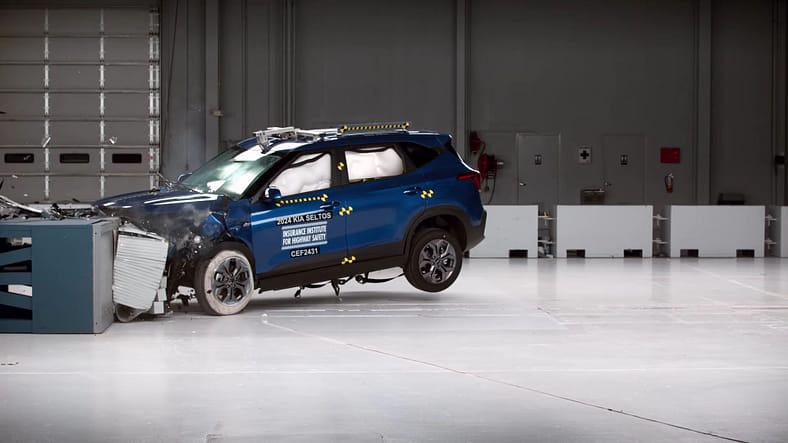The Subaru Solterra and WRX have recently been evaluated by the Insurance Institute for Highway Safety (IIHS). While the Solterra, a fully electric SUV, earned the highest rating of Top Safety Pick+, the WRX, a traditional gas-powered sedan, was awarded the slightly lower Top Safety Pick.
The difference lies in the IIHS’s stringent criteria for the Top Safety Pick+ designation, which requires excellent performance in various crash tests and safety features. The Solterra, sharing its platform with Toyota’s bZ4X, excelled in all tests. However, the WRX fell short in the updated moderate overlap front crash test, receiving a “marginal” rating instead of the required “acceptable” or “good.”
This deficiency was attributed to the rear passenger dummy’s head coming dangerously close to the front seatback, potentially leading to head injuries in a real-world accident. Additionally, the lap belt’s movement to the dummy’s abdomen, known as submarining, increased the risk of abdominal injuries.
Despite these shortcomings, the WRX still achieved a commendable Top Safety Pick rating, indicating that it meets the IIHS’s general safety standards. However, Solterra’s superior performance in the moderate overlap test and other crash tests demonstrates its commitment to passenger safety.
It’s worth noting that Subaru has made improvements to the side structure and side curtain airbags for the 2024 model year, which could potentially enhance the safety of both the Solterra and WRX. However, the WRX’s performance in the moderate overlap test remains a concern, and it’s unclear whether future updates will address this issue.
Subaru’s latest offerings, the WRX and Solterra, showcase the brand’s commitment to safety and innovation. The WRX, now equipped with EyeSight Driver Assist Technology, maintains its powerful performance with a 271-horsepower engine. The Solterra, built on Toyota’s e-TNGA platform, offers a fully electric driving experience with dual motors.

Despite their advanced features, both models have faced moderate sales compared to competitors like the Hyundai Ioniq 5. This could be attributed to several factors, including pricing, consumer preferences, and the electric vehicle market.
While the WRX offers a traditional driving experience with its powerful engine, Solterra’s electric powertrain appeals to those seeking a more environmentally friendly and technologically advanced option.
However, the higher price point of the Solterra compared to the Ioniq 5 may be a deterrent for some consumers. Additionally, the growing popularity of electric vehicles has led to increased competition, making it challenging for Subaru to stand out in the market.

